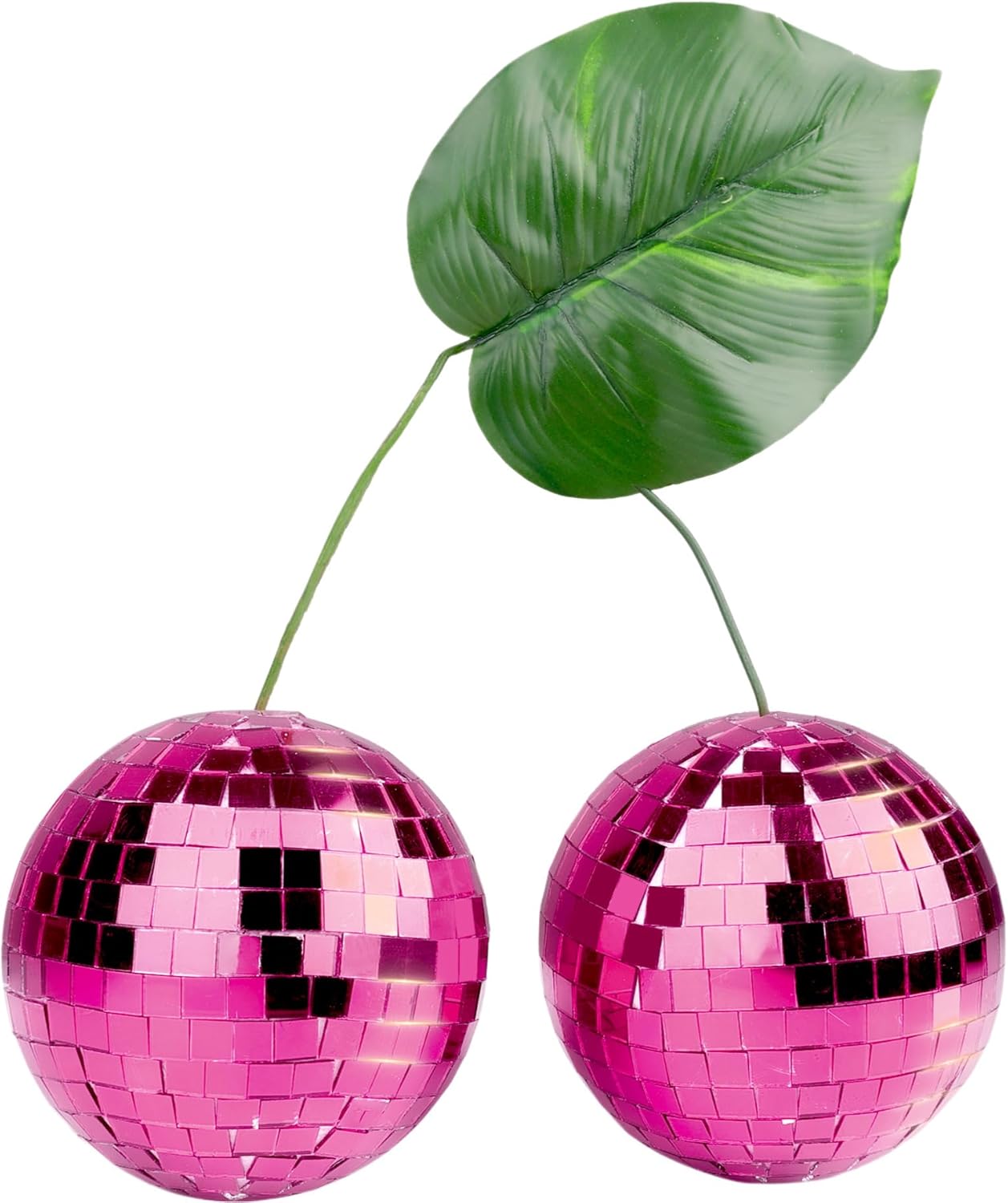About this deal
Cohn, Nik (April 8, 2008). "Tribal Rites of the New Saturday Night". New York. Archived from the original on September 29, 2015 . Retrieved October 2, 2015. Zaleski, Anne (February 26, 2015). "Where to start with '80s U.K. synth-pop". The A.V. Club. Archived from the original on February 27, 2015 . Retrieved August 27, 2015. It looks like a fantastic spring weekend for us and I hope Disco Cherry puts some light in your life as well. Until the next time…ENJOY! Album: Disco Cherry Donna Summer: I Feel Love" (in German). Zentrum für Populäre Kultur und Musik. May 8, 2017. Archived from the original on May 24, 2022 . Retrieved May 26, 2022. In the 1970s Munich, West Germany, music producers Giorgio Moroder and Pete Bellotte made a decisive contribution to disco music with a string of hits for Donna Summer, which became known as the "Munich Sound". [68] In 1975, Summer suggested the lyric " Love to Love You Baby" to Moroder and Bellotte, who turned the lyric into a full disco song. The final product, which contained the vocalizations of a series of simulated orgasms, initially was not intended for release, but when Moroder played it in the clubs it caused a sensation and he released it. The song became an international hit, reaching the charts in many European countries and the US (No. 2). It has been described as the arrival of the expression of raw female sexual desire in pop music. A nearly 17-minute 12-inch single was released. The 12" single became and remains a standard in discos today. [69] [70] In 1976 Donna Summer's version of " Could It Be Magic" brought disco further into the mainstream. In 1977 Summer, Moroder and Bellotte further released " I Feel Love", as the B-side of "Can't We Just Sit Down (And Talk It Over)", which revolutionized dance music with its mostly electronic production and was a massive worldwide success, spawning the Hi-NRG subgenre. [69] Giorgio Moroder was described by AllMusic as "one of the principal architects of the disco sound". [71] Another successful disco music project by Moroder at that time was Munich Machine (1976–1980).
Browne, Malika (August 20, 2004). "It's a big step from disco to Sanskrit chants, but Biddu has made it". The Sunday Times . Retrieved May 30, 2011.
Site Customisation
a b c Hilton, Denny (October 19, 2012). "The birth of disco". OUPblog. Oxford University Press. Archived from the original on October 27, 2020 . Retrieved December 21, 2020. Andrea Angeli Bufalini & Giovanni Savastano (2014). La Disco. Storia illustrata della discomusic. Arcana, Italy. ISBN 978-8862313223 From Bengal to boogie: Rupa Biswas, India's rediscovered disco diva". TheGuardian.com. June 21, 2019. Archived from the original on October 20, 2021 . Retrieved October 20, 2021. This section does not cite any sources. Please help improve this section by adding citations to reliable sources. Unsourced material may be challenged and removed. ( October 2023) ( Learn how and when to remove this template message) Shapiro, Peter (2000). Modulations: A History of Electronic Music. Caipirinha Productions, Inc. p.254. ISBN 978-0-8195-6498-6. see p.45, 46
The " Copacabana", another New York nightclub dating to the 1940s, had a revival in the late 1970s when it embraced disco; it would become the setting of a Barry Manilow song of the same name. Shapiro 2006, pp.205–206 "'Broadly speaking, the typical New York discothèque DJ is young (between 18 and 30) and Italian,' journalist Vince Lettie declared in 1975. [...] Remarkably, almost all of the important early DJs were of Italian extraction [...]. Italian Americans have played a significant role in America's dance music culture [...]. While Italian Americans mostly from Brooklyn largely created disco from scratch [...]."
Required Cookies & Technologies
a b c d e f "Disco Fashion: That's the way They Liked It". The Ultimate History Project. Archived from the original on October 6, 2017 . Retrieved October 27, 2017. In the mid-to-late 1980s, house music became popular in Europe as well as major cities in South America and Australia. [117] Early house music commercial success in Europe saw songs such as " Pump Up The Volume" by MARRS (1987), "House Nation" by House Master Boyz and the Rude Boy of House (1987), " Theme from S'Express" by S'Express (1988) and " Doctorin' the House" by Coldcut (1988) in the pop charts. Since the early to mid-1990s, house music has been infused in mainstream pop and dance music worldwide.
 Great Deal
Great Deal 